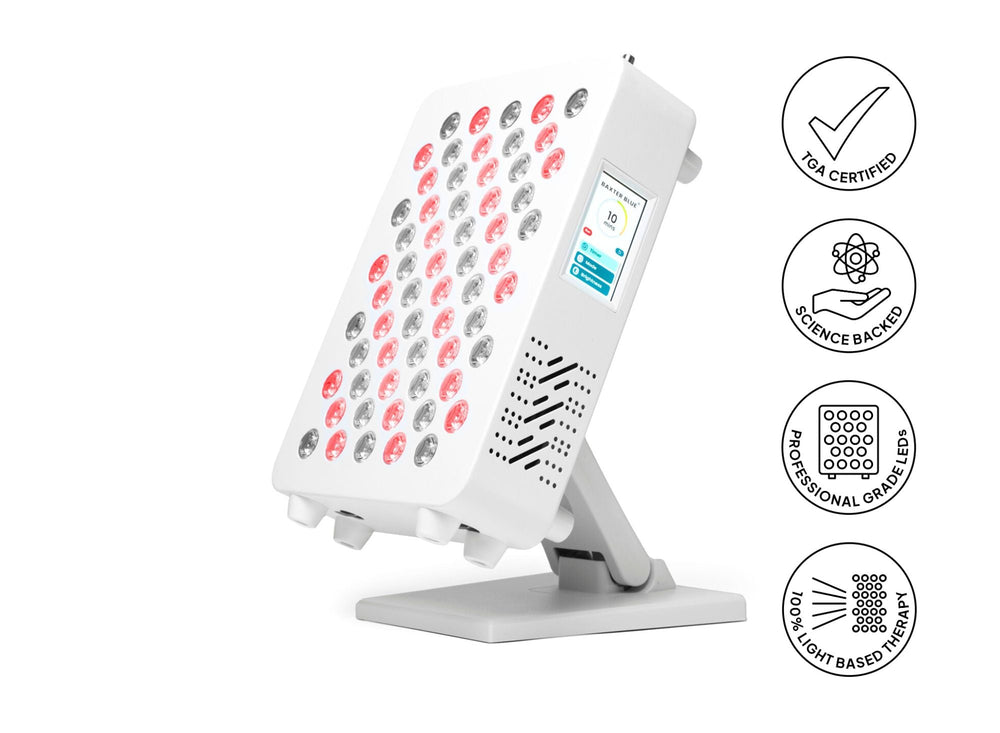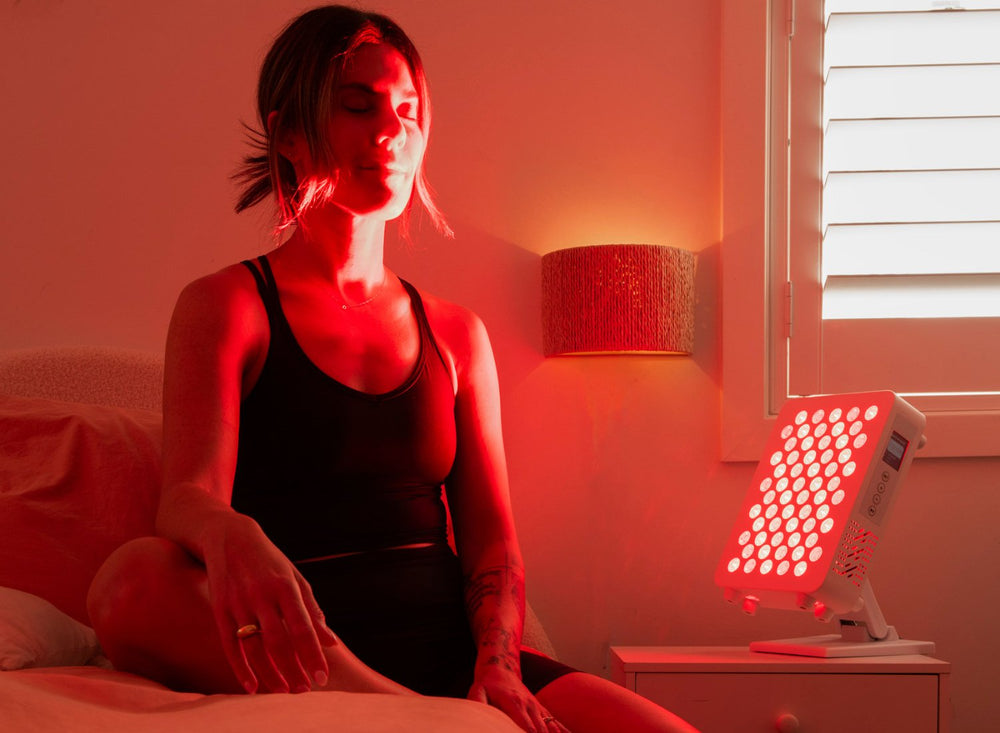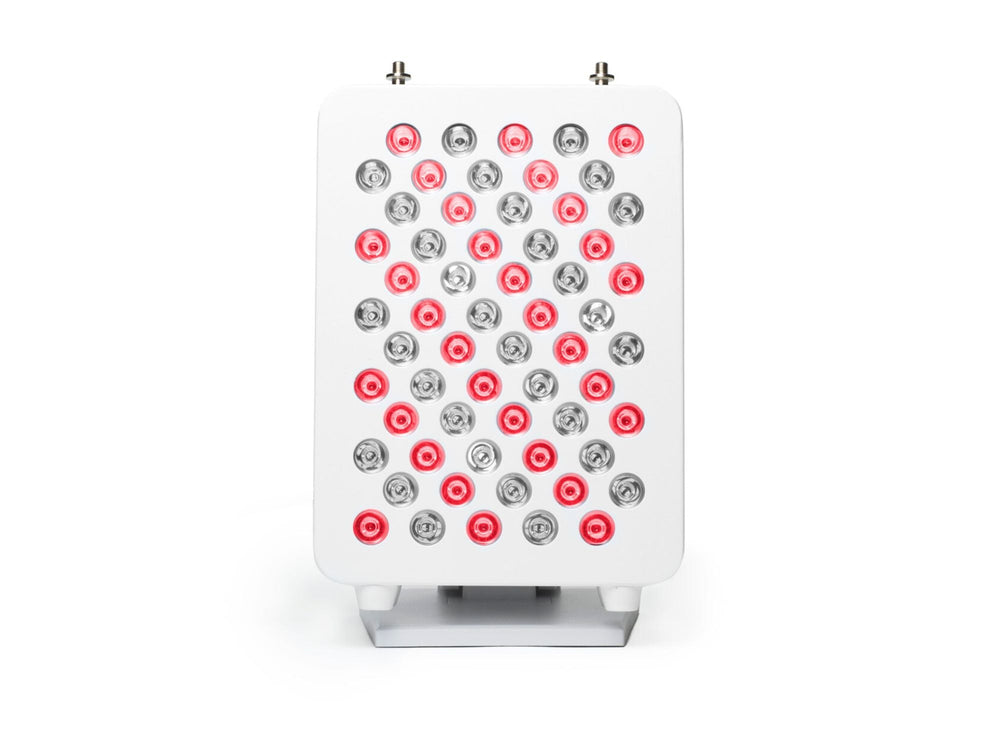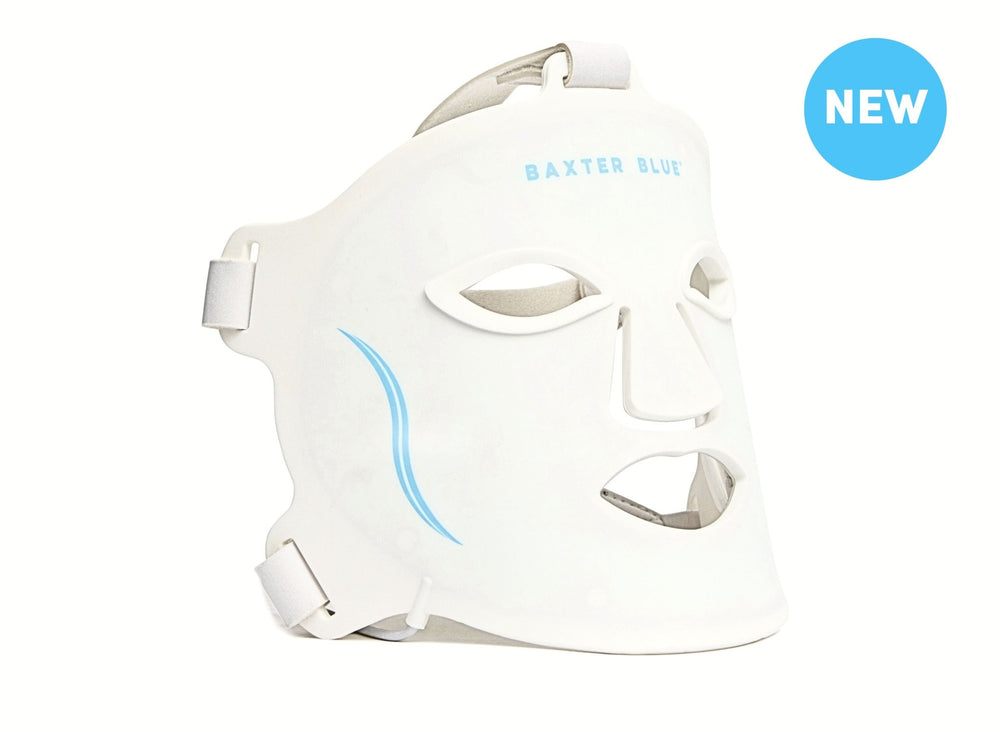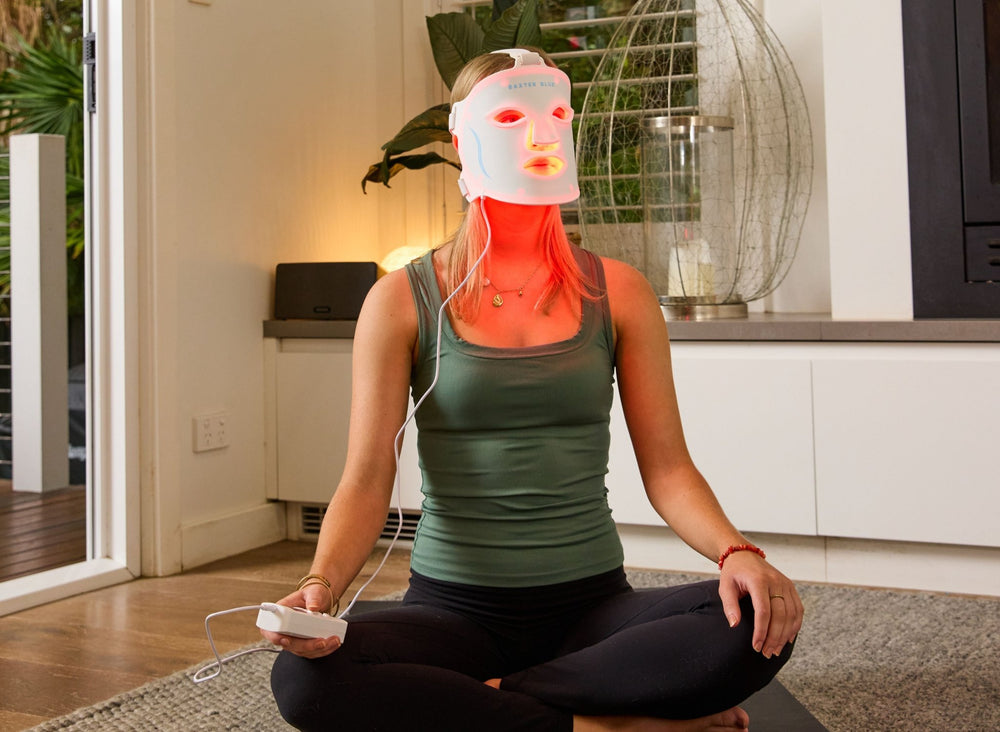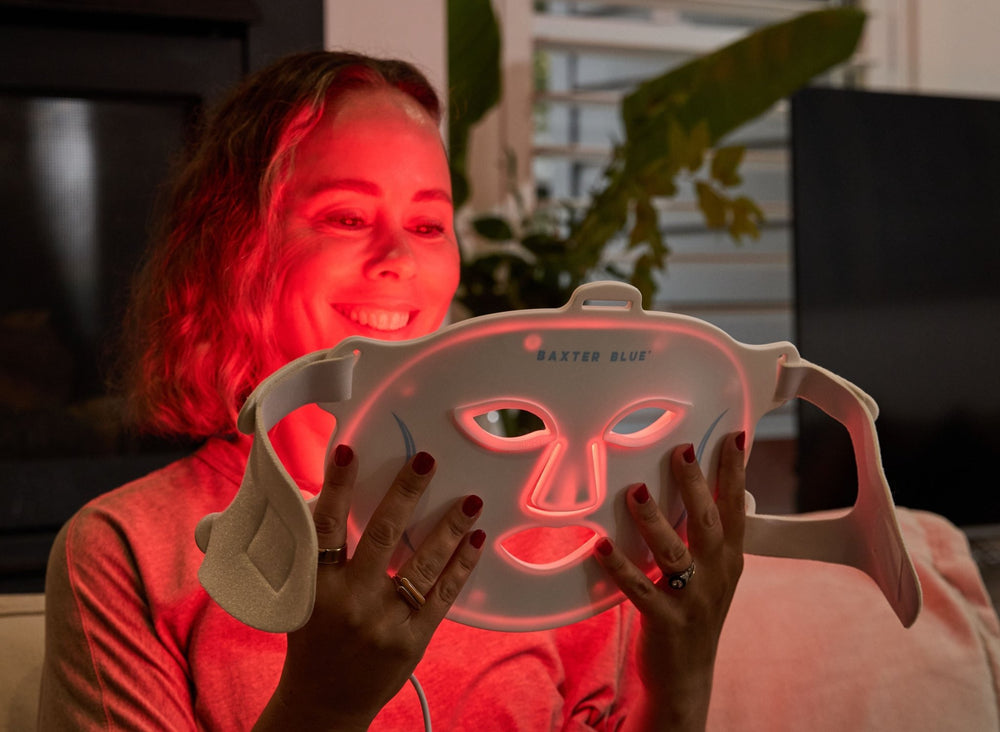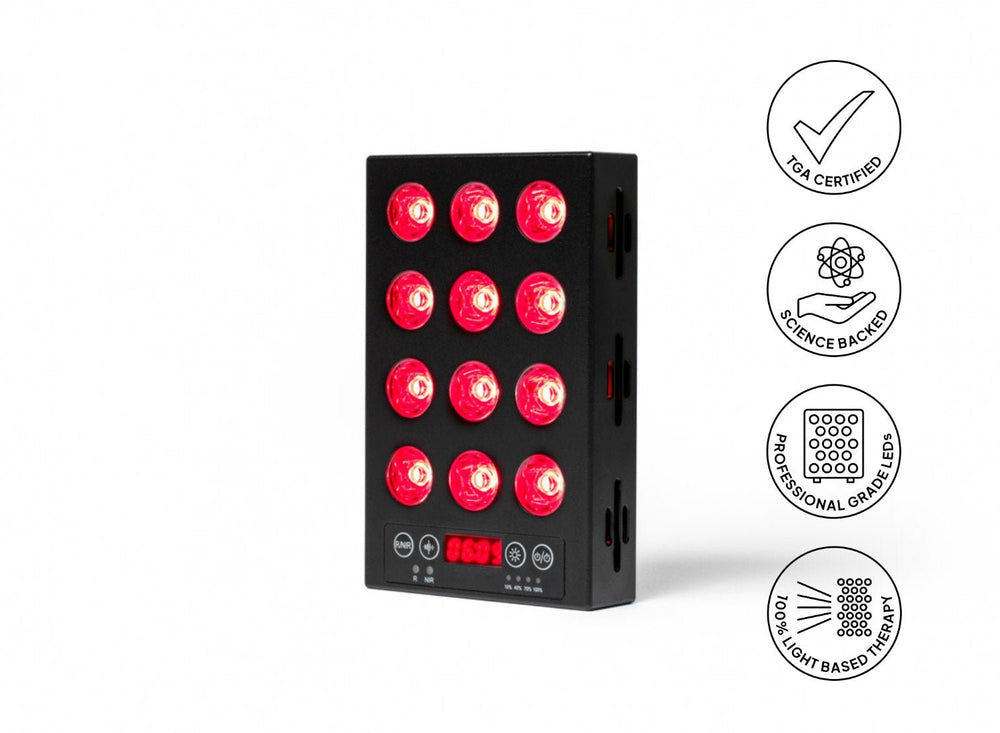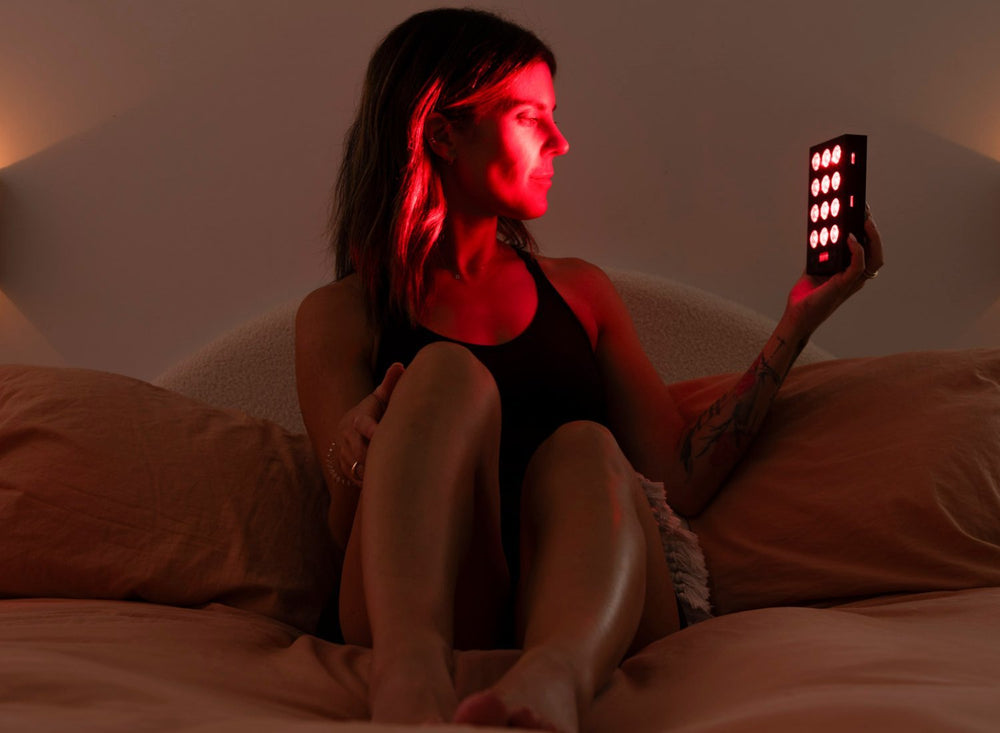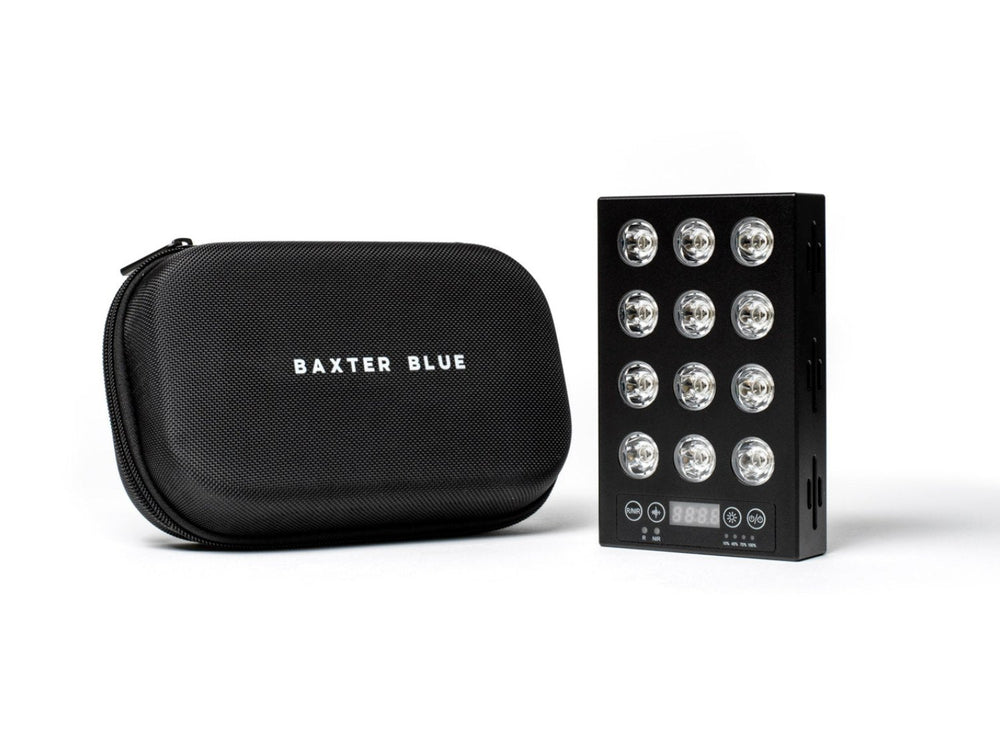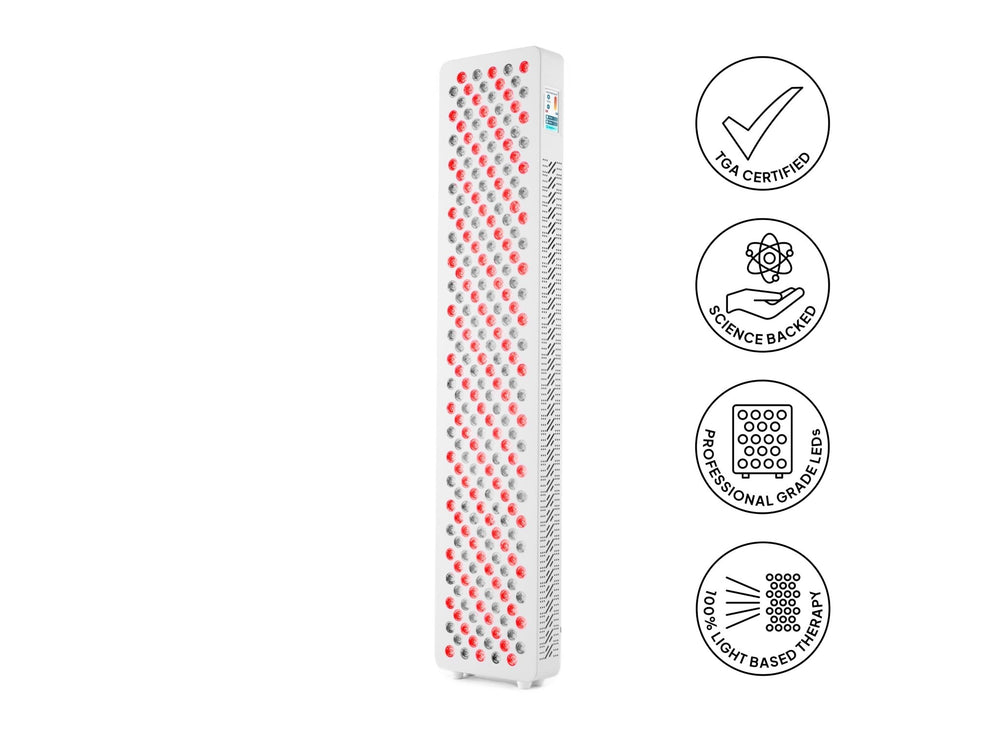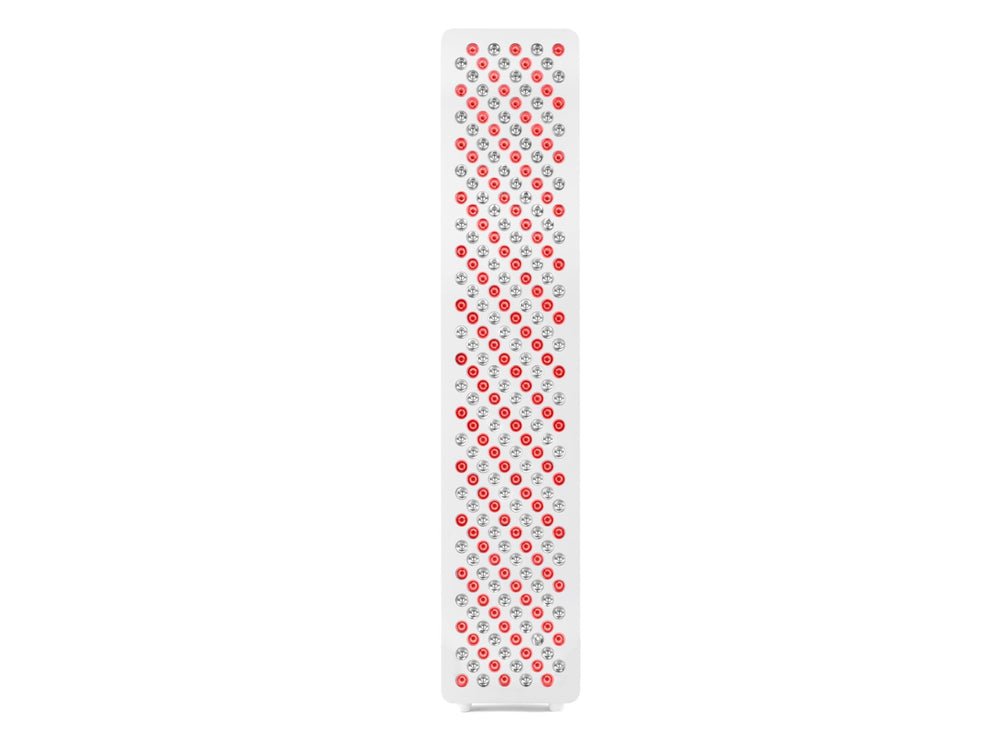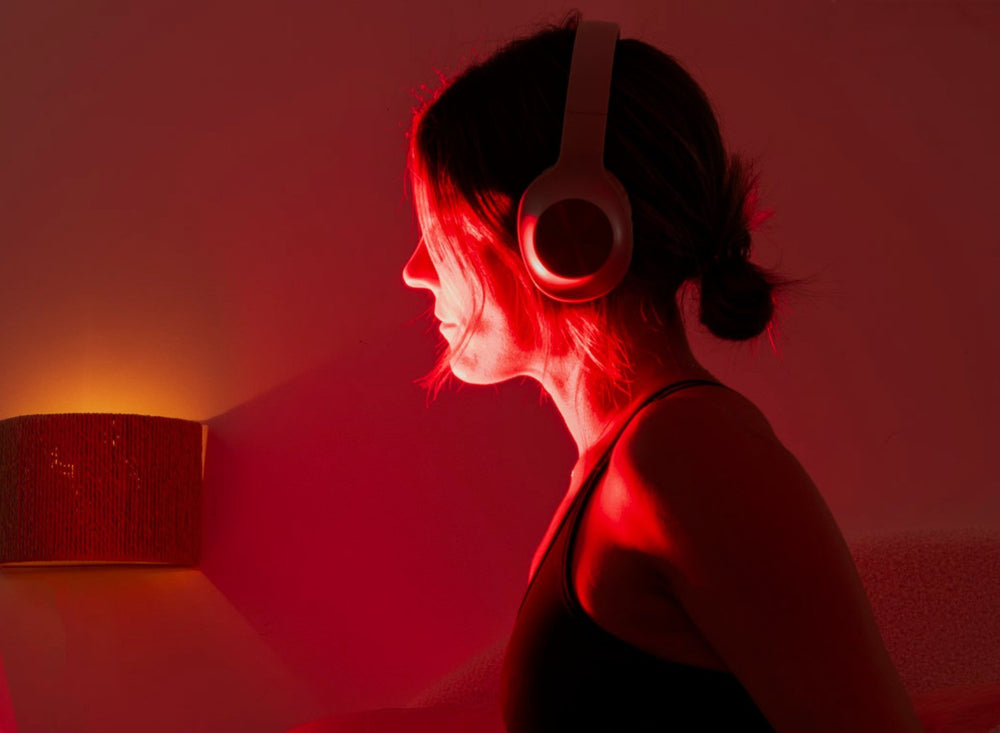Get 20% off 2 or more full priced Baxters or Wellbeing products! Add another full priced item below and a 20% discount will be applied to your overall order at checkout. That's right, 20% OFF your order!
Choose a category
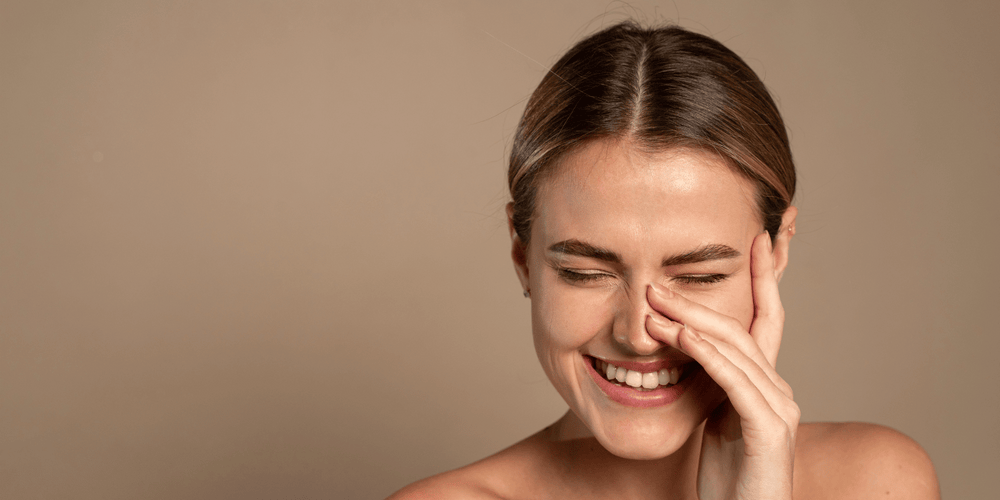
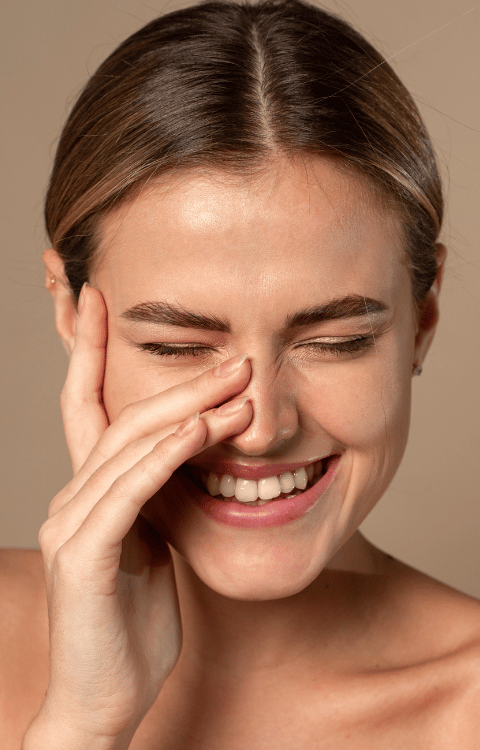
Red Light Therapy for Skin Health
12.04.24
Maintaining healthy skin is crucial for your overall well-being, impacting more than just your appearance. The skin is instrumental in several vital functions, including immunity, regulating body temperature, and balancing hormones. But how exactly does red light therapy benefit the skin?
Red light therapy plays a pivotal role in enhancing skin health throughout the body. The critical functions of skin, such as immunity, temperature regulation, and hormone balance, depend on the efficient performance and communication of millions of skin cells. When these cells' mitochondria absorb red and near-infrared light, they generate more ATP (adenosine triphosphate), the primary energy currency of the cell. This energy boost enhances the production of collagen, and fibroblasts. Additionally, red and near-infrared light therapy improve microcirculation, facilitating better cellular homeostasis. Consequently, optimally functioning skin cells contribute to healthier, more radiant skin that not only looks smoother and softer but truly embodies these qualities.
Numerous studies have demonstrated the effectiveness of red light therapy in promoting various aspects of skin health: Below we explore the positive impacts of red and near-infrared light therapy on the skin and the science behind it.
1. Enhancement of Collagen Production:
Collagen, the structural backbone of the skin, is crucial for its firmness and elasticity. Red light therapy has been demonstrated to stimulate collagen production, leading to enhanced skin texture, diminished fine lines and wrinkles, and an overall more youthful appearance. The increased collagen synthesis helps in maintaining skin's integrity and resilience, making it a valuable tool in anti-aging skincare routines. Studies indicate that consistent use of red light therapy can significantly boost collagen density, resulting in firmer and smoother skin [1].
2. Acceleration of Wound Healing:
The capability of red light therapy to speed up the healing process is notable. Studies show faster skin regeneration due to the proliferation of fibroblasts and increased blood flow to the injury site. This not only hastens recovery from wounds and abrasions but also reduces scar formation. The therapy promotes the production of essential growth factors and cytokines that are critical in the wound healing process, ensuring quicker and more efficient tissue repair [2].
3. Anti-inflammatory Effects:
Red light therapy's anti-inflammatory properties are especially beneficial for those suffering from conditions like acne, rosacea, and eczema. By reducing inflammation, it helps relieve discomfort associated with these conditions, leading to significant improvements in skin health over time. The therapy works by modulating the inflammatory response and decreasing pro-inflammatory cytokine levels, which helps in soothing the skin and reducing redness and swelling[3].
4. Improved Skin Circulation:
By enhancing microcirculation, red light therapy ensures better oxygen and nutrient delivery to skin cells. This is vital for the repair and rejuvenation of skin, contributing to a natural glow and vitality while addressing aging signs. Improved circulation also aids in the removal of toxins and metabolic waste products, promoting a healthier complexion. The increased blood flow brought about by red light therapy supports cellular regeneration and overall skin health[4].
5. Sun Damage Repair:
UV radiation from the sun can accelerate aging and increase skin cancer risk. Red light therapy assists in repairing sun-damaged skin by promoting DNA repair mechanisms and reducing oxidative stress. The therapy helps in reversing the harmful effects of UV exposure by enhancing the skin's natural repair processes and reducing the accumulation of free radicals. This leads to improved skin texture and a reduction in hyperpigmentation and fine lines caused by sun damage[5].
6. Effective Acne Treatment:
Utilising its antibacterial properties, red light therapy targets bacteria responsible for acne. Additionally, its anti-inflammatory effects can significantly improve existing acne lesions and prevent new ones. The therapy helps in reducing the production of sebum and clearing clogged pores, which are common contributors to acne outbreaks. Regular use of red light therapy can lead to clearer, smoother skin with fewer breakouts and reduced acne scarring[6].
7. Management of Psoriasis and Dermatitis:
For individuals with chronic conditions like psoriasis and dermatitis, red light therapy offers relief. It has been shown to alleviate symptoms such as itching, redness, and scaling, improving the quality of life for affected individuals. The therapy works by modulating the immune response and reducing inflammatory markers, which helps in managing the symptoms and preventing flare-ups. Consistent use of red light therapy can lead to significant improvements in skin condition and comfort for those with chronic skin issues[7].
Red light therapy presents a multifaceted approach to skin care, addressing various concerns from aging to chronic skin conditions. Its non-invasive nature and scientifically backed benefits make it a valuable addition to any skincare regimen
Scientific sources and references
[1] - Avci, P., Gupta, A., Sadasivam, M., Vecchio, D., Pam, Z., Pam, N., & Hamblin, M. R. (2013). Low-level laser (light) therapy (LLLT) in skin: stimulating, healing, restoring. Seminars in cutaneous medicine and surgery, 32(1), 41-52.
[2] - Barolet, D., & Boucher, A. (2010). Prophylactic low-level light therapy for the treatment of hypertrophic scars and keloids: a case series. Lasers in surgery and medicine, 42(6), 597-601.
[3] - Avci, P., Gupta, A., Sadasivam, M., Vecchio, D., Pam, Z., Pam, N., & Hamblin, M. R. (2013). Low-level laser (light) therapy (LLLT) in skin: stimulating, healing, restoring. Seminars in cutaneous medicine and surgery, 32(1), 41-52.
[4] - Barolet, D. (2008). Light-emitting diodes (LEDs) in dermatology. Seminars in cutaneous medicine and surgery, 27(4), 227-238.
[5] - Nakamura, T., Peng, Y., Katsuyama, Y., & Tsuyama, T. (2013). Effects of low-level laser irradiation on rat skeletal muscle injury after eccentric exercise
[6] - Sadick, N. S. (2008). Handheld LED array device in the treatment of acne vulgaris. The Journal of clinical and aesthetic dermatology, 1(1), 34.
[7] - Morita, T., Tokura, Y., & Nishimura, E. (1991). The effect of far-infrared radiation on the prevention of dermatitis induced by UVB irradiation. The Journal of dermatology, 18(1), 15-23.
Red Light Therapy
Shop Now

